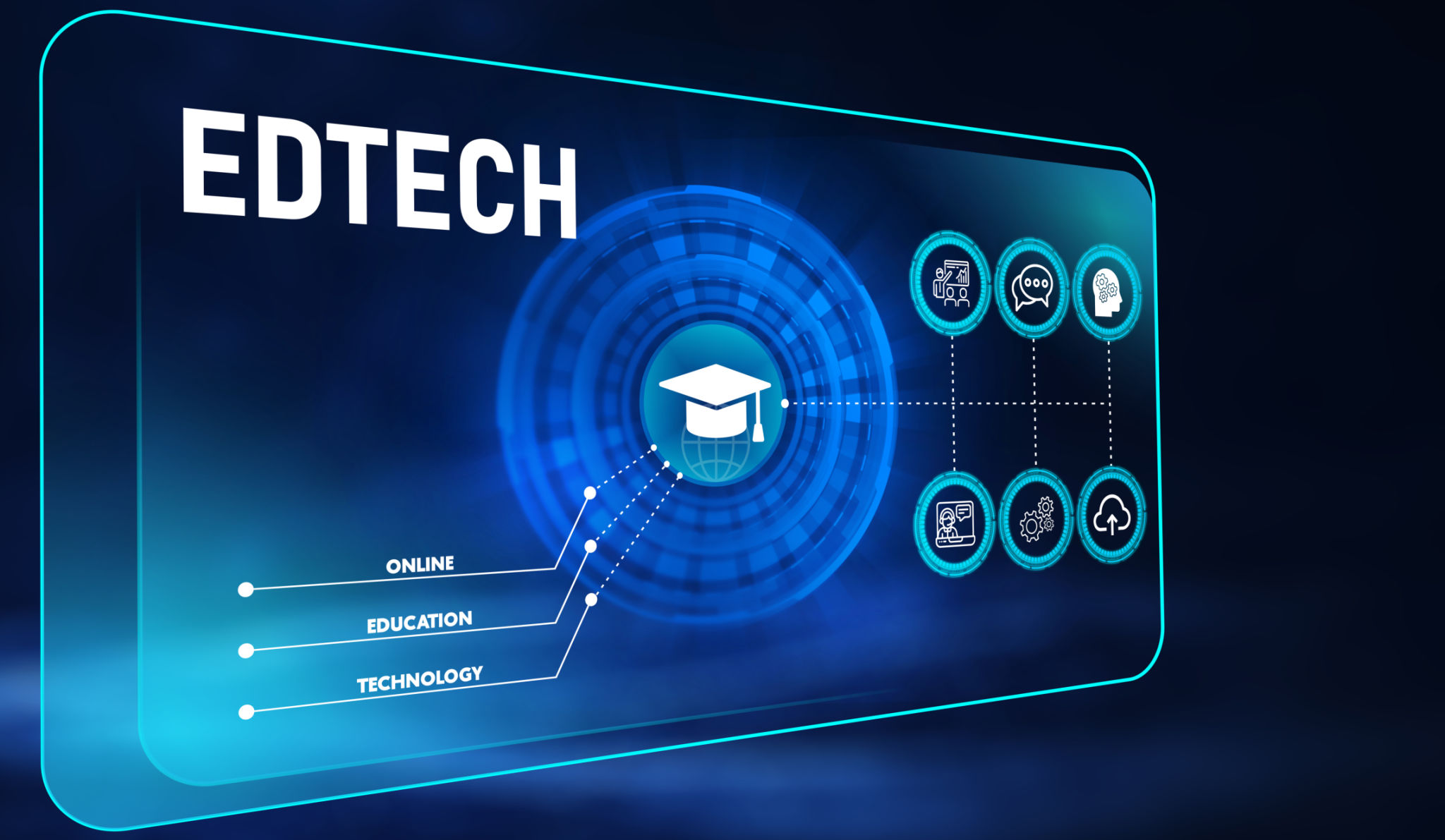FAQ: Debunking Common Myths About Educational Technology
The Role of Educational Technology in Modern Learning
Educational technology has transformed the landscape of learning, offering innovative tools that enhance both teaching and student engagement. However, like any significant change, it has not been without its share of myths and misconceptions. In this post, we will debunk some of the most common myths surrounding educational technology.

Myth 1: Technology in Education Leads to Distraction
One prevalent myth is that technology in classrooms distracts students from learning. While it's true that devices can be misused, when integrated effectively, educational technology can actually foster focus and engagement. Tools such as interactive apps and digital resources can encourage active learning, making lessons more engaging and interactive.
Moreover, many educational platforms come equipped with features that help minimize distractions, such as limiting app usage or tracking online activity to ensure students remain on task. It's all about how these tools are implemented and managed by educators.
Myth 2: Technology Replaces Teachers
Another common misconception is that educational technology will replace teachers. In reality, technology serves as a complement to traditional teaching methods rather than a substitute. It provides teachers with supplementary tools to enhance their instruction and personalize learning experiences for students.

Teachers play a crucial role in guiding students through the use of technology, helping them to navigate digital content critically and effectively. Educational technology empowers teachers to focus more on individual student needs by automating routine tasks.
Myth 3: Educational Technology Is Too Expensive
Cost concerns often deter schools from adopting new technologies. However, many educational technologies are scalable and offer long-term savings. For instance, digital textbooks can be more cost-effective than traditional books, and online resources can eliminate the need for physical materials.
Moreover, numerous grants and funding opportunities are available to support schools in integrating technology into their curricula. It's important for institutions to evaluate the long-term benefits and potential cost savings of educational technology investments.

Myth 4: Students Become Overly Reliant on Technology
Some fear that reliance on technology might hinder students' ability to think independently or solve problems without digital aid. However, when used appropriately, educational technology can actually develop critical thinking skills and foster problem-solving abilities.
For example, project-based learning platforms encourage students to tackle real-world problems using digital tools, promoting creativity and independent thought. The key is to balance tech use with opportunities for hands-on learning.
The Importance of Embracing Change
Educational technology is an inevitable part of the future of learning. By debunking these myths, we can better understand its role and potential benefits. It's essential for educators, parents, and policymakers to embrace these changes, ensuring that technology serves as a powerful ally in education.
As we continue to integrate these tools into our education systems, a collaborative approach is vital. By working together, we can create enriched learning environments that prepare students for the challenges of tomorrow's world.

